I saw this and thought of "Lost in Space" right away:
This page was made on Monday 2nd June 2014 Nasa to test saucer-shaped spacecraft for Mars mission
It might look like a giant doughnut, but this is a vehicle that Nasa hopes could one day land on Mars.
Couldn't find an image of the newer movie....





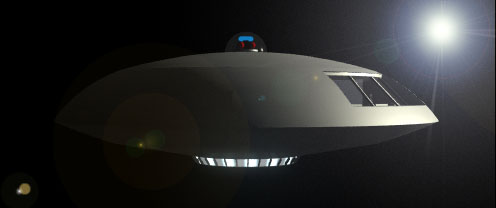
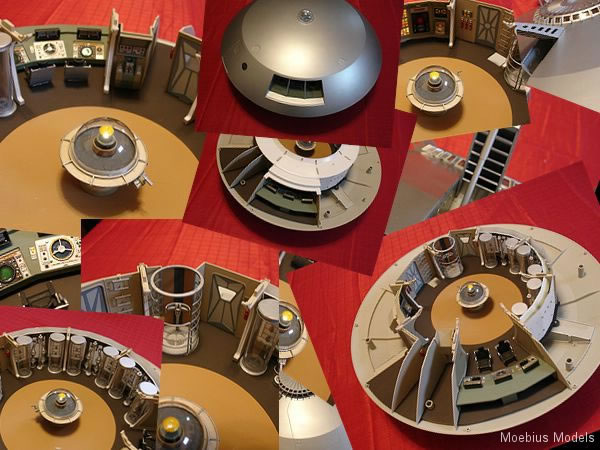

 Reply With Quote
Reply With Quote

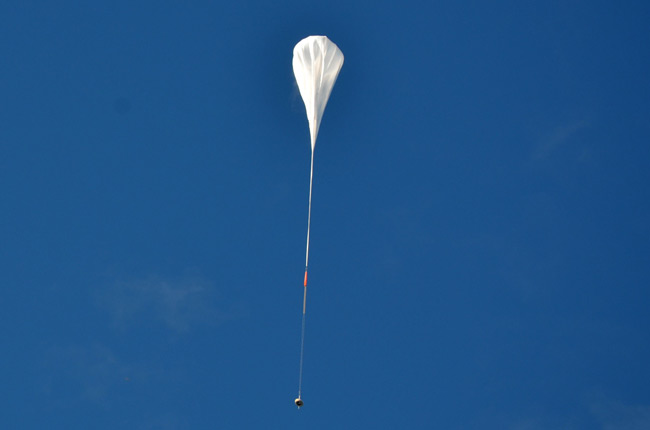
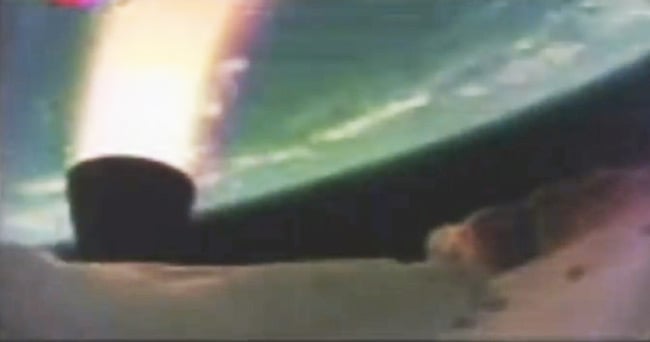 Fire in the sky: The LDSD's rocket motor in action. Pic: NASA/JPL-Caltech
Fire in the sky: The LDSD's rocket motor in action. Pic: NASA/JPL-Caltech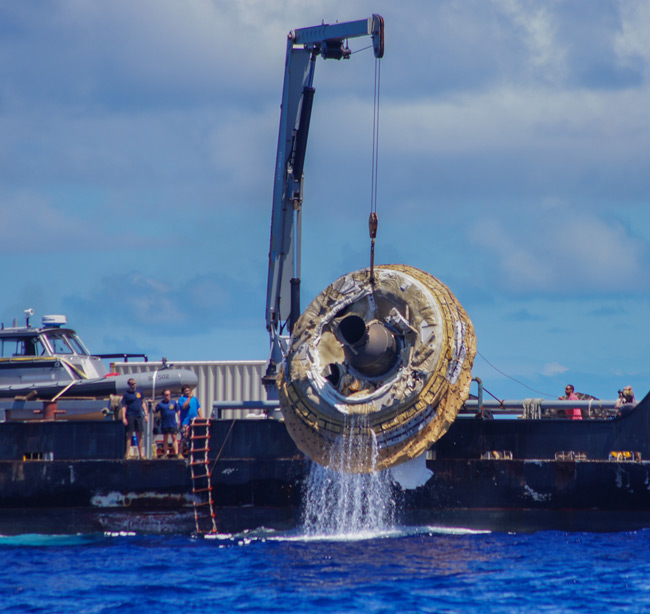

 Concept drawing of the LDSD (Credit: NASA/JPL)
Concept drawing of the LDSD (Credit: NASA/JPL)
Bookmarks